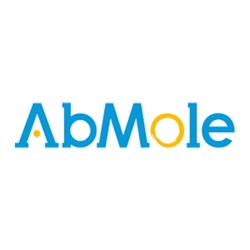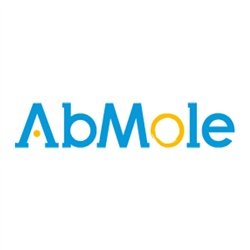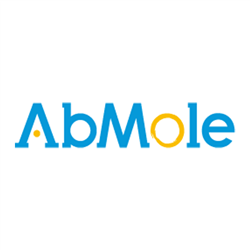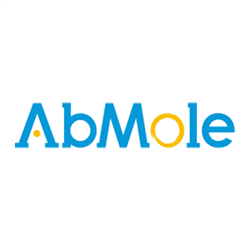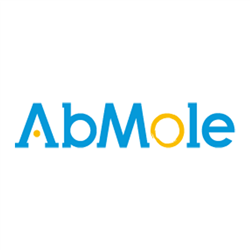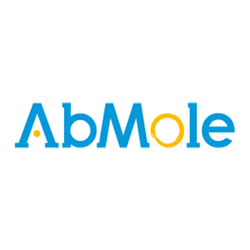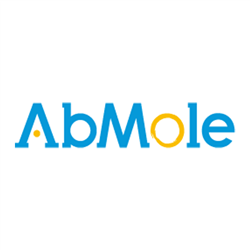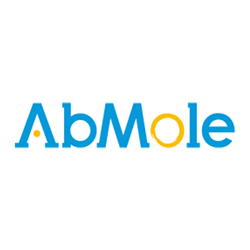Protein
- Instrumentos
- Agitadores / Agit. Incubadores
- Orbitales
- Con Incubación
- Incubadores Gran Capacidad
- Lineales, Balanceo y 3D
- Incubadores Microplacas
- Para colocar en estufa
- Magnéticos
- Mezcladores /Roller /Rotatorios
- Agitadores de Paletas
- Jeio Tech Accesorios para Agitadores
- Benchmark Accesorios para Agitadores
- N-Biotek Accesorios para Agitadores
- Biosan Accesorios para Agitadores
- Labnet Int. Accesorios para Agitadores
- Vórtex
- Analisis Imagen, animales, plantas, geles
- Balanzas
- Baños Termostáticos
- Cabinas Flujo / Extraccion gases / PCR
- Centrifugas
- Detectores de Radioactividad
- Electroforesis
- Electroquímica
- Equipos Microplacas
- Espectrofotometros
- Experimentacion Animal
- Hornos de Hibridacion
- Homogeneizadores
- Estufas / Equipos calor, frio
- Luminómetros de Tubos
- Microbiologia
- Pipetas / Dispensadores
- Pipetas Labnet Int. Monocanales Automaticos
- Pipetas HTL Monocanales Automáticas
- Pipeta Accumax Mono y Multicanales
- Pipetas Labnet Int. Multicanales
- Pipetas HTL Multicanales
- Pipetas Volumen Fijo
- Pipetas Electrónicas
- Dispensadores
- Dispensadores de Botella
- Pipetas Biosan Monocanales
- Pipetas Biosan Multicanales
- PCR / Tiempo Real (qPCR)l / Cicladores
- QPCR, Sistemas automaticos
- Sonicadores / Ultrasonidos
- Ultracongeladores
- Bombas Jeringa / Vacio / Osmoticas
- Ultracentrífugas
- Micro Array label free
- Contadores de Células
- Contenedores Criogenicos
- Producción agua ultrapura
- Electrospinning
- Agitadores / Agit. Incubadores
- Reactivos
- Consumibles
- Catálogos PDF
Protein Hay 920 productos.
Recombinant Human Catalase/CAT (E.coli)
Catalase (CAT) is a member of the catalase family. Catalase promotes growth of cells including T-cells, B-cells, myeloid leukemia cells, melanoma cells, mastocytoma cells, and normal and transformed fibroblast cells.
Recombinant Human Catalase/CAT (E.coli)
Catalase (CAT) is a member of the catalase family. Catalase promotes growth of cells including T-cells, B-cells, myeloid leukemia cells, melanoma cells, mastocytoma cells, and normal and transformed fibroblast cells.
Recombinant Mouse Dectin-1 Protein (HEK293, His Tag)
Dectin-1 is the most important receptor for beta-glucan. Dectin-1 can recognize and respond to live fungal pathogens and is being increasingly appreciated as having a key role in the innate responses to these pathogens.
Recombinant Human Dectin-1 Protein (Mammalian, N-Fc)
Dectin-1 is the most important receptor for beta-glucan. It is a type II transmembrane protein which binds beta-1,3 and beta-1,6 glucans, and is expressed on most cells of the innate immune system and has been implicated in phagocytosis as well as killing of fungi by macrophages, neutrophils and dendritic cells.
Recombinant Human Dectin-1 Protein (Mammalian, N-Fc)
Dectin-1 is the most important receptor for beta-glucan. It is a type II transmembrane protein which binds beta-1,3 and beta-1,6 glucans, and is expressed on most cells of the innate immune system and has been implicated in phagocytosis as well as killing of fungi by macrophages, neutrophils and dendritic cells.
Recombinant Human TPA Protein (Mammalian, C-6His)
Tissue-type plasminogen activator (TPA) is a protein that secreted into extracellular space. It belongs to the peptidase S1 family. The main function of this protein is to convert plasminogen into biologically active plasmin. As a protease, TPA plays a crucial role in regulating blood fibrinolysis, maintaining the homeostasis of extracellular matrix and...
Recombinant Human TPA Protein (Mammalian, C-6His)
Tissue-type plasminogen activator (TPA) is a protein that secreted into extracellular space. It belongs to the peptidase S1 family. The main function of this protein is to convert plasminogen into biologically active plasmin. As a protease, TPA plays a crucial role in regulating blood fibrinolysis, maintaining the homeostasis of extracellular matrix and...
Recombinant Rat HGF Protein (HEK293)
Hepatocyte growth factor, also known as HGF, belongs to the peptidase S1 family, plasminogen subfamily. The hepatocyte growth factor regulates cell growth, cell motility, and morphogenesis by activating a tyrosine kinase signaling cascade after binding to the proto-oncogenic c-Met receptor, and acts as a multi-functional cytokine on cells of mainly...
Recombinant Human TNF RII (Mammalian, C-6His)
Recombinant Human TNF RII belongs to the TNFR (tumor necrosis factor receptor) superfamily characterized by cysteine-rich extracellular domains. TNFRII is strongly expressed at the cartilage-pannus junction, and plays a major role in a subset of families with multiple cases of rheumatoid arthritis (RA).
Recombinant Human TNF RII (Mammalian, C-6His)
Recombinant Human TNF RII belongs to the TNFR (tumor necrosis factor receptor) superfamily characterized by cysteine-rich extracellular domains. TNFRII is strongly expressed at the cartilage-pannus junction, and plays a major role in a subset of families with multiple cases of rheumatoid arthritis (RA).
Recombinant Rat SDF-1/CXCL12 (E. coli)
SDF-1 also known as CXCL12 is belonging to the CXC chemokine family. SDF-1 binds primarily to CXC receptor 4 (CXCR4; CD184). The binding of CXCL12 to CXCR4 induces intracellular signaling through several divergent pathways initiating signals related to chemotaxis, cell survival and/or proliferation, increase in intracellular calcium, and gene transcription.
Recombinant Human Sclerostin (Mammalian, C-6His)
Sclerostin, also known as SOST, is a member of the Cerberus/DAN family of BMP antagonists. SOST has anti-anabolic effects on bone formation.


